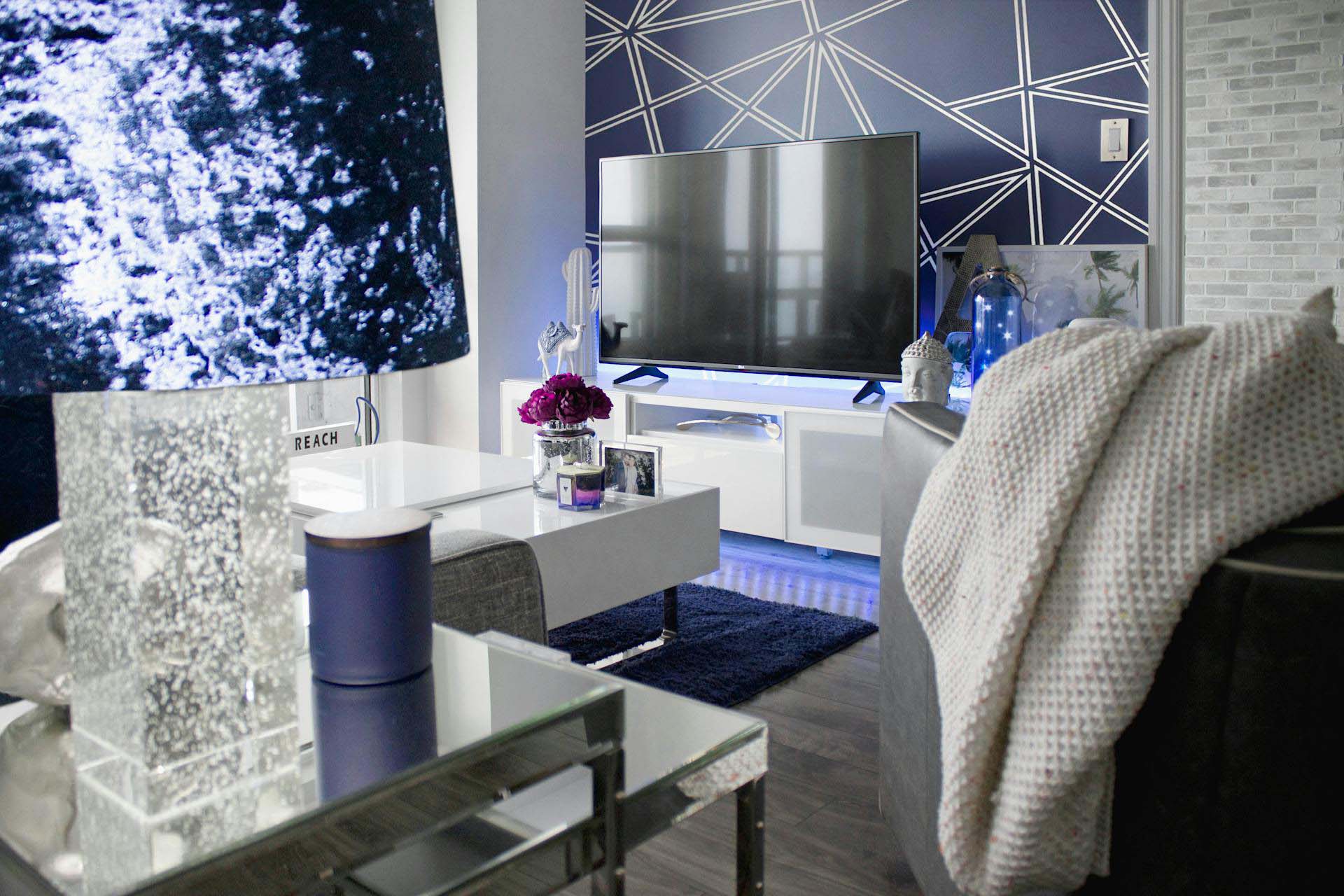In an era defined by rapid technological advancements, architecture is undergoing a transformative shift. Smart architecture, a concept that integrates cutting-edge technology into building design, is shaping the way we live, work, and interact with our environments. From energy-efficient systems to intelligent automation, smart architecture is not only enhancing functionality but also improving sustainability and the overall user experience. In this article, we explore how technology is revolutionizing architectural design and why smart architecture is the future.
What Is Smart Architecture?
Smart architecture refers to the integration of intelligent systems and technology into the design, construction, and operation of buildings. These systems include Internet of Things (IoT) devices, smart sensors, energy management solutions, and automation technologies. The goal is to create environments that adapt to the needs of their users while optimizing energy consumption and operational efficiency.
For example, smart homes equipped with automated lighting, heating, and security systems are becoming increasingly popular. Similarly, commercial buildings are adopting advanced technologies to monitor energy usage, improve security, and enhance occupant comfort.
Energy Efficiency And Sustainability
One of the key drivers of smart architecture is the focus on sustainability. Energy-efficient systems, such as smart HVAC (Heating, Ventilation, and Air Conditioning) and automated lighting, reduce energy consumption while maintaining optimal indoor conditions. Sensors can adjust heating and lighting based on occupancy, ensuring that energy is not wasted in empty rooms.
Smart architecture also promotes the use of renewable energy sources. Buildings equipped with solar panels and energy storage systems can generate and store their own power, reducing reliance on traditional energy grids. These technologies are crucial for achieving net-zero energy buildings, a growing priority in the fight against climate change.
Personalized And Adaptive Spaces
Smart architecture allows for the creation of personalized and adaptive environments. For instance, intelligent systems can learn the preferences of occupants, automatically adjusting lighting, temperature, and even soundscapes to suit individual needs. In office buildings, smart desks and meeting rooms can optimize layouts based on usage patterns, improving collaboration and productivity.
This adaptability is especially valuable in multi-purpose spaces, where the same area might serve different functions throughout the day. For example, a conference room can transform into a casual lounge by reconfiguring lighting and furniture settings with a simple command.
Enhancing Security And Safety
Smart architecture also enhances building security and safety. Advanced surveillance systems, biometric access controls, and real-time monitoring ensure that buildings are well-protected. In emergencies, such as fires or earthquakes, smart systems can guide occupants to safety by activating emergency lighting, unlocking doors, or sending alerts to smartphones.
Additionally, predictive maintenance enabled by IoT devices can identify potential issues before they become major problems. For example, sensors can detect leaks, electrical faults, or structural weaknesses, allowing timely repairs and minimizing risks.
Challenges In Smart Architecture
While the benefits of smart architecture are clear, there are challenges to consider. Implementing advanced technologies can be costly, particularly for retrofitting older buildings. Furthermore, concerns about data privacy and cybersecurity must be addressed, as smart systems often collect and store sensitive information.
Architects and designers must also balance the integration of technology with aesthetic considerations. Smart architecture should enhance the beauty and functionality of a building without compromising its design.
Bringing The Tech Together
Smart architecture represents a groundbreaking approach to building design, combining technology with sustainability, adaptability, and user-centric innovation. As smart systems become more accessible and affordable, the potential for creating intelligent, efficient, and sustainable spaces continues to grow. By embracing smart architecture, architects and designers can redefine how buildings function, paving the way for a more connected and sustainable future. Whether designing homes, offices, or public spaces, the integration of smart technology is no longer a luxury but a necessity in the modern architectural landscape.




